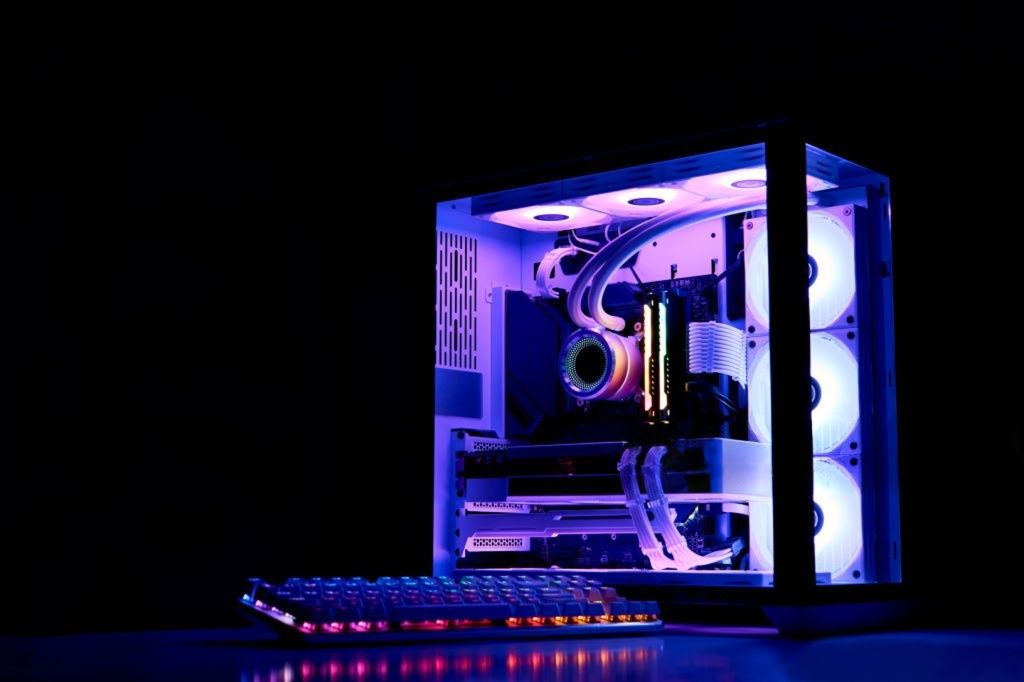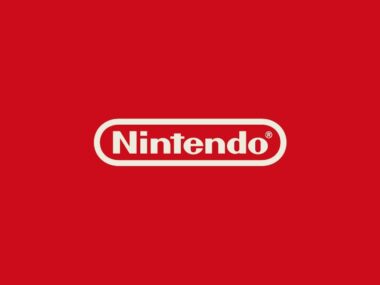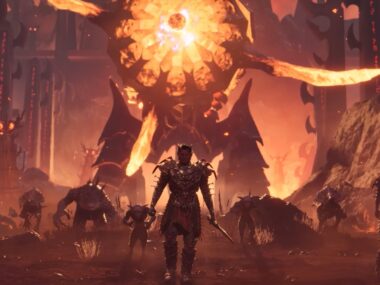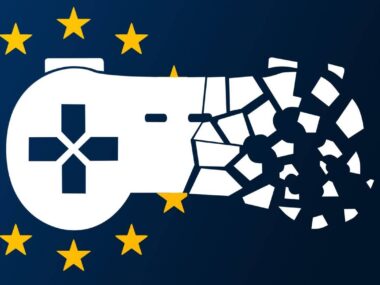One of the more interesting things to come out of Battlefield 6’s beta wasn’t just the maps, the weapons, or the chaos of the battles. It was the “substantial” percentage of players who ran the game at or even below the minimum recommended PC specs.
Technical director Christian Buhl mentioned how important it was to ensure the game was playable on older computers:
“We’ve put in a lot of effort across the board to make sure these performance targets were set, and whether you’re on min spec or ultra spec you’re going to get the experience we’re targeting.”
“Min spec is certainly one of our most important specs. It’s super important from both a commercial and business perspective. We want as many people as possible playing the game.”
The beta ultimately became the most popular in franchise history, and a big reason for that success was simple: accessibility.
Gaming Is Already Expensive Enough
Gaming is expensive. Video games cost around $70 and publishers have been trying to raise those prices. The hardware to play it on is costly regardless of whether you prefer consoles or PCs. Building or upgrading a gaming PC can easily cost hundreds, even thousands of dollars once you add in a monitor, graphics card, and everything else.
For many players, upgrading isn’t realistic. Many places around the world are experiencing a cost of living crisis, tariffs are making everything more expensive, and supply chain issues are still ongoing. The problems have only made the high-end gaming PC an unreachable luxury. That’s why support for low-end PCs is vital.
Why Developers Can’t Ignore Low-End Gamers
Buhl made it clear that supporting minimum specs is a necessity. The global PC gaming audience is around 1.8 billion players. A huge portion of them are running budget or older computers. Major hardware surveys continue to show strong market share for mid-tier or entry-level graphics cards, alongside CPUs that are several generations old.
The industry has often acted as if gaming is only about chasing the “ultra” crowd. That’s not one hundred percent true. The broader player base lies in the mid-to-low range, and leaving them behind means shutting out millions of paying customers.
How Optimization Expands the Player Base
Battlefield 6’s developers proved what’s possible with smart optimization. Techniques like scalable graphics settings, adaptive rendering, and selective visual effects allowed the game to deliver impressive visuals across a wide range of systems. Older PCs could run the game without crumbling, while high-end rigs still had their moment to shine.
The trade-off is that players won’t get the full suite of graphical upgrades, but they can still get an enjoyable, good-looking experience. Scalability doesn’t water down the game, it broadens it.
Beyond Battlefield: A Broader Industry Shift
Handheld gaming PCs are becoming more popular. Most of them run on lower-end hardware compared to desktops. Cloud rendering makes it possible for clients to stream games at high fidelity. Developers are slowly starting to realize that optimization should be a core design principle.
Battlefield 6’s beta was a wake-up call. The industry has to stop pretending every player has a $2,000+ machine humming under their desk. Developers who embrace scalable performance aren’t lowering the bar. They’re making space for accessible, inclusive gaming that anyone can take part in.
When a game runs well on weaker hardware, it finds an audience. When it doesn’t, it loses one.






